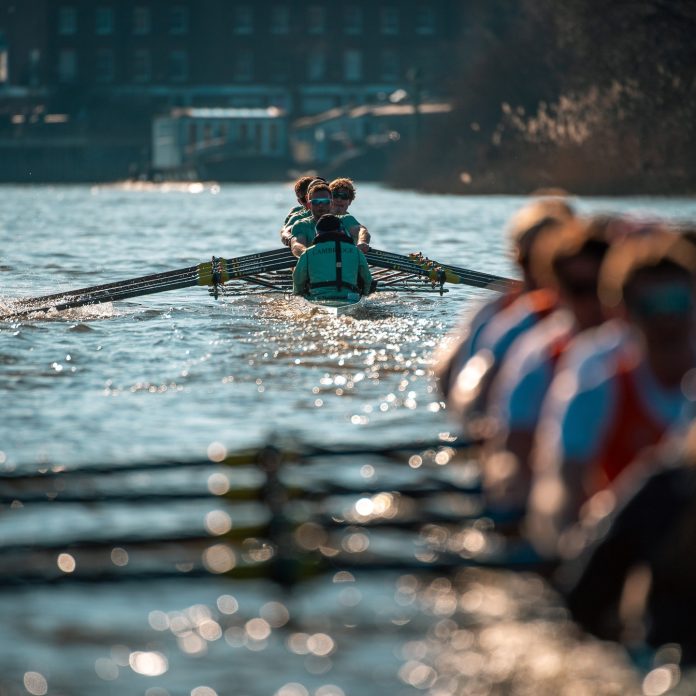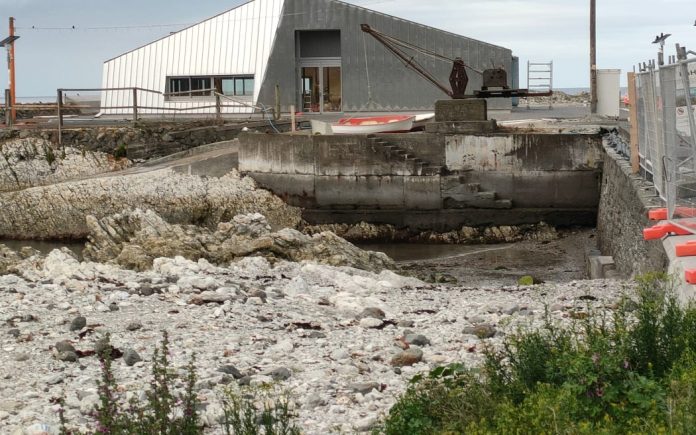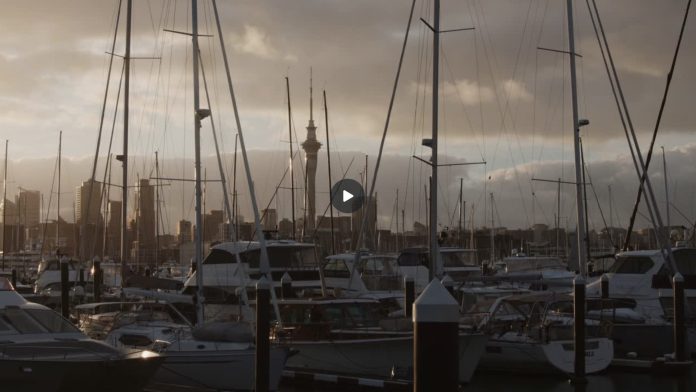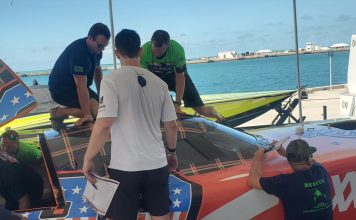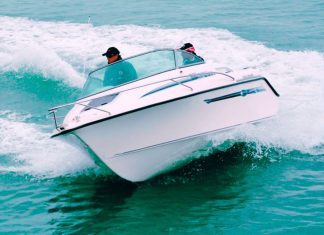The Boat Race⏤officially known this year as the “CHANEL J12 Boat Race”⏤one of the world’s most iconic sporting events, brings together the legendary rowing clubs of Oxford and Cambridge universities. Held annually, this fierce yet friendly rivalry captures the essence of athleticism, tradition, and enduring competition. In mid-April (on 13 April 2025 GMT), the event celebrates its 170th edition of the Men’s race and the 79th Women’s race, a reminder of the race’s rich history and global significance. As Kiwi Tom Mackintosh, President of the Oxford University Boat Club for 2025, aptly puts it, “The Boat Race is older than New Zealand as a country.”
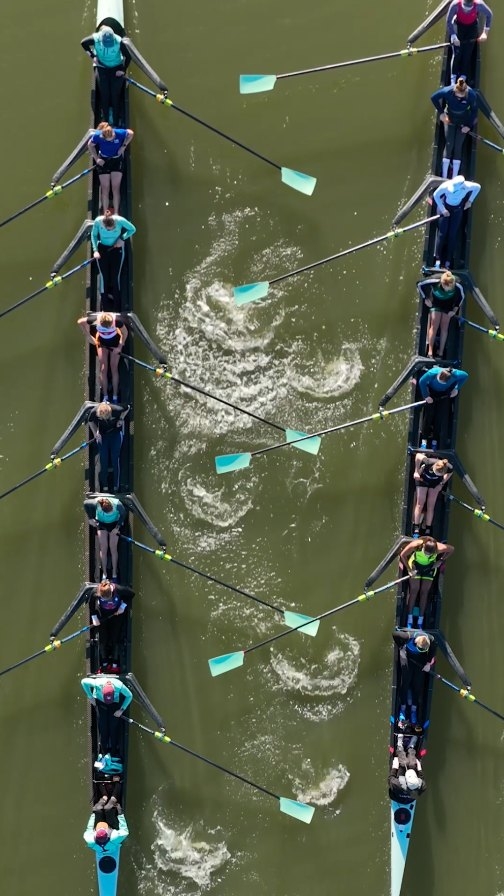
The race takes place on the Thames River, a 4.25-mile (6.84 km) stretch between Putney and Mortlake, in the heart of London. For athletes, the Championship Course is both a physical and mental test. Rowers must combine endurance, precision, and teamwork to navigate the river’s currents and its famous bends. But beyond the competition, the event is a reflection of the deep-rooted rivalry between Oxford and Cambridge, institutions with centuries of history.
The intensity of the Boat Race is amplified by the ever-growing number of spectators. Over 250,000 people line the riverbanks, while millions more tune in globally, watching this symbolic clash of academic giants. With the universities’ iconic blue colors—light “Duck Egg” blue for Cambridge and dark blue for Oxford—fans choose their sides, creating an atmosphere of passionate support.
The crews, made up of athletes with varying backgrounds, from Olympians to those who learned to row at university, compete in eight-oared boats, each steered by a cox. These students, balancing demanding academic schedules with grueling training, are united by one goal: to win The Boat Race.
As the race draws nearer, the intensity of the competition heightens. Last year, Cambridge swept both the Men’s and Women’s races, continuing their dominance in the Women’s category, which has seen them victorious since 2017. Oxford, however, under new men’s coach Mark Fangen-Hall, is determined to alter the narrative. With a fresh, competitive energy, Oxford will be hoping that 2025 is the year they reclaim victory, especially after their reserve boat, Isis, faced off against Cambridge’s Goldie in a thrilling contest.
But the event is more than just a race. In recent years, environmental concerns surrounding the Thames have taken centre stage. The rowers have an intimate connection with the water, and the health of the river affects not only the race but their very safety. Testing has revealed high levels of pollutants, which led to cautionary advice for rowers in the past. In response, the Boat Race Company has endorsed efforts like the London Rivers’ Pledge, aimed at improving the Thames’ water quality.
Despite challenges, progress is being made. The Thames Tideway Tunnel, a 25-kilometre super sewer, is expected to reduce sewage discharges by 95%, and alongside other initiatives, will make the river safer and cleaner for both rowers and the public. The Thames, once a symbol of pollution, is now at the forefront of environmental change, and the Boat Race serves as a reminder of the importance of preserving these vital waterways.
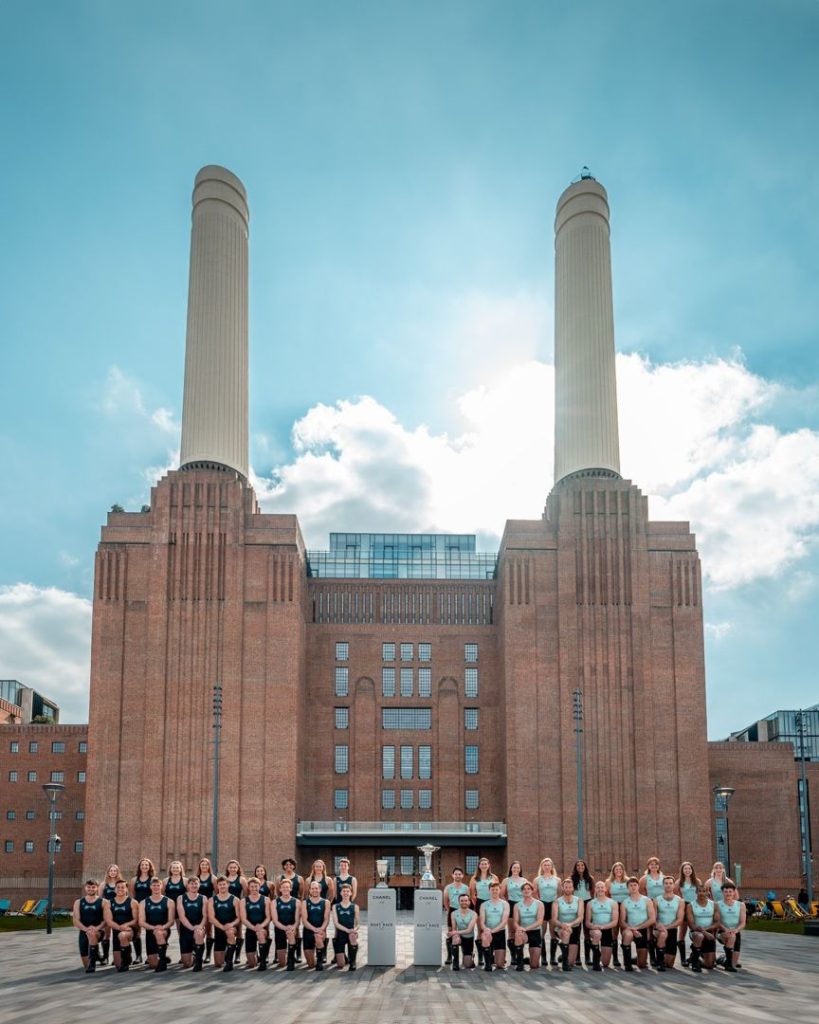
For rowers like Nico Kohl (Oxford) and Gemma King (Cambridge), the call for cleaner water is more than just an environmental issue—it’s a matter of safety and longevity for the sport they love. As the race continues to draw worldwide attention, it highlights not only the enduring rivalry between two great universities but also a broader, more urgent call to action for the preservation of London’s waterways.








